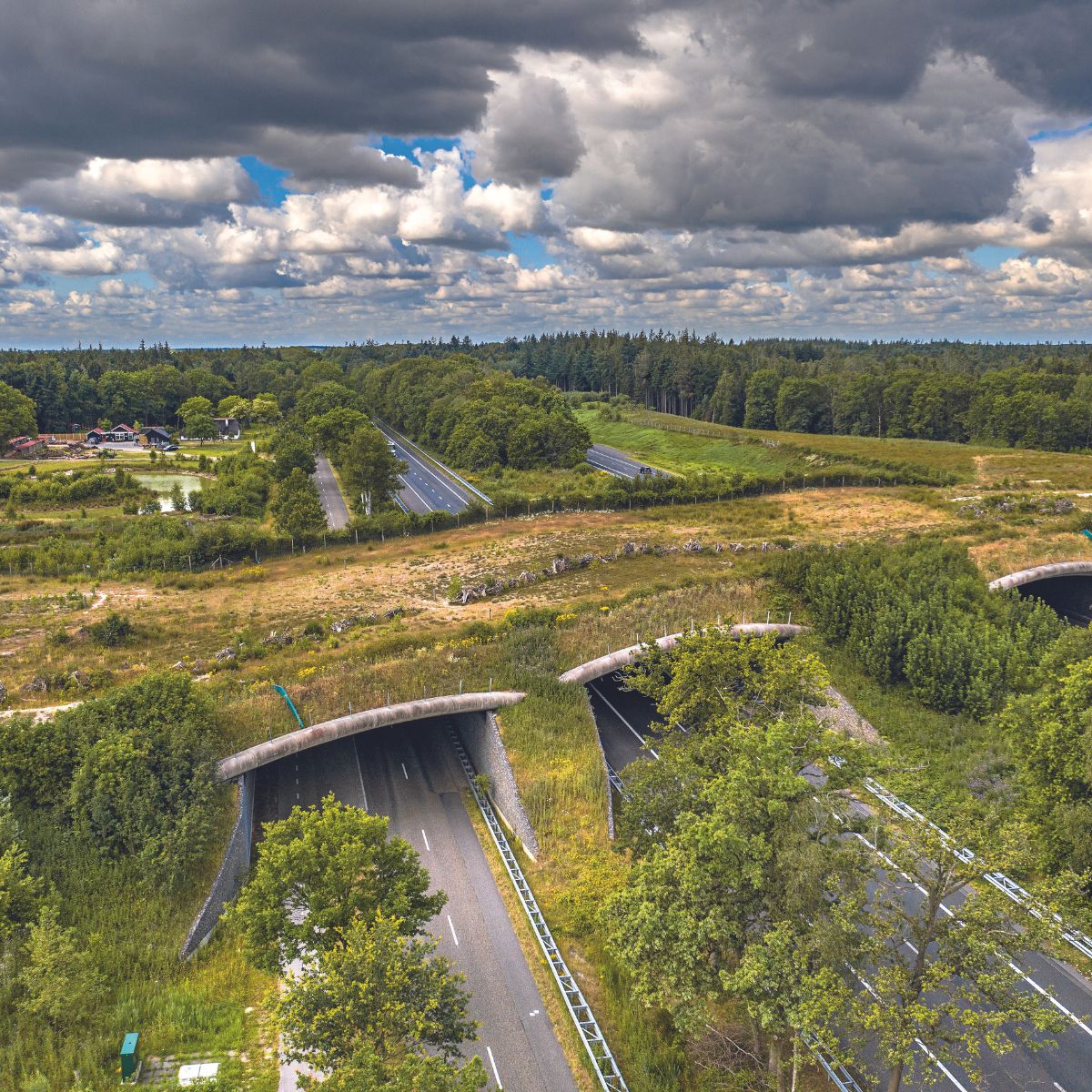
Corridors for communities
It is not only wildlife that benefits from the creation of ecological corridors, however; local communities can reap the benefits too.
On one level, there are economic opportunities. In northern Botswana, efforts to create safe corridors for elephants’ daily commute routes have resulted in an ‘elephant economy’, in which elephants act as an asset to local people, rather than a threat. Ecoexist, a conservation trust, pays farmers a premium price for their millet if they commit to protecting elephants. That millet is then used in a craft brewery catering to tourists, while a group called Living with Elephants performs traditional songs and dances.
The societal benefits of corridors extend beyond economics. Jodi Hilty, a leading expert on wildlife corridors and deputy chair of the CCSG, explains that corridors of intact habitat help to maintain basic ecological services, from flood mitigation to the prevention of zoonotic diseases. Within areas of intensive agriculture, corridors of wildflowers and hedgerows can be crucial for pollinating insects to reach farmers’ fields.
On the Fijian island of Viti Levu, an inspiring initiative called Ridge to Reef works with Indigenous landowners to protect the island’s abundant natural resources, and therefore local people’s livelihoods. By creating a corridor of interlinked terrestrial and marine habitats, the project recognises the interconnected health of the island environment and takes a “‘whole systems’ approach to connectivity”, says Hilty.
Working with people whose lives
are affected by the creation of corridors is key to their success, according to Alex Hearn, a marine fisheries ecologist.
